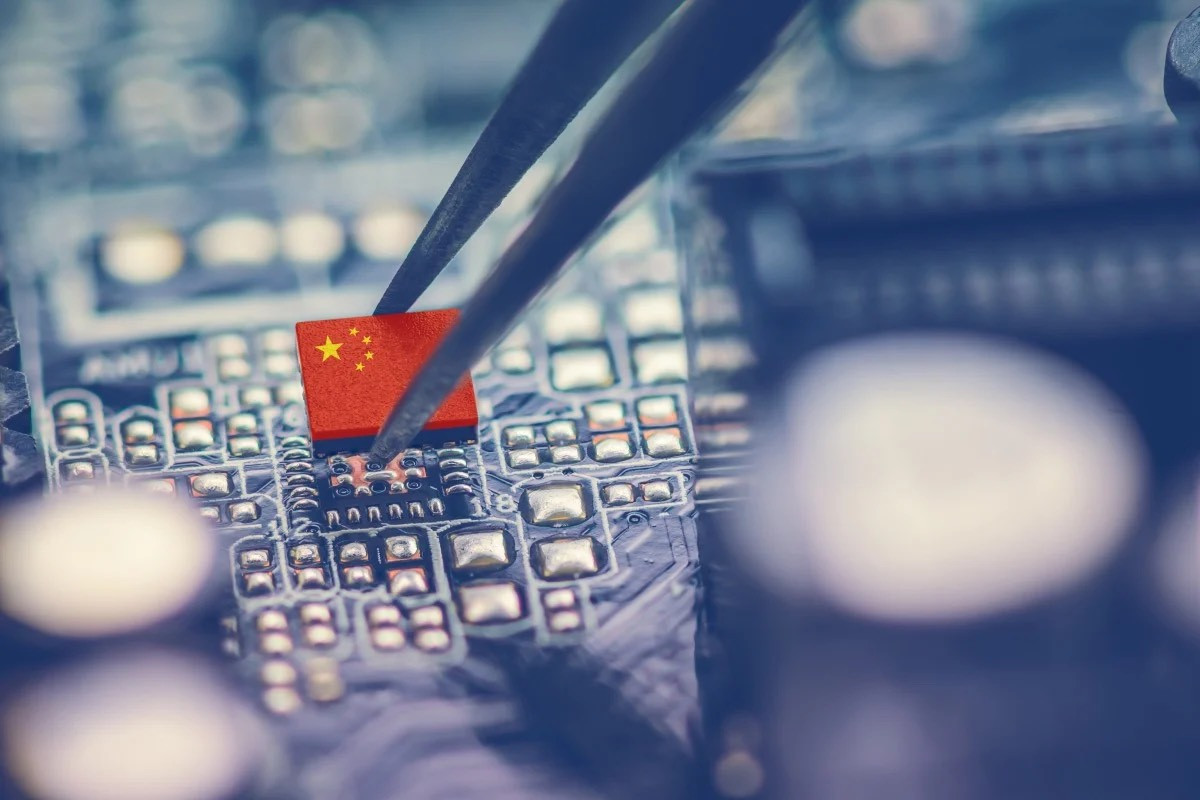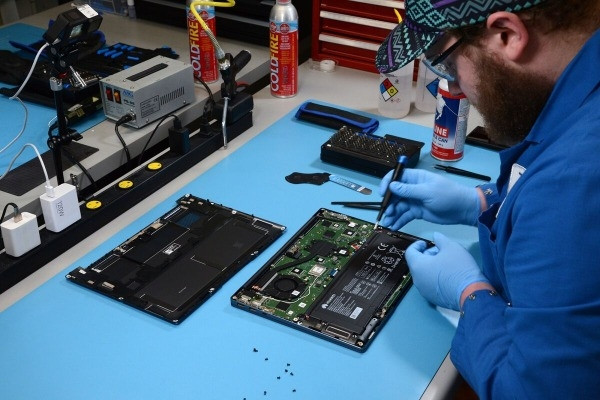Customs data from the country showed that IC imports fell 10.8% in volume and 15.4% in value compared to 2022. Meanwhile, in 2023, China spent $337.5 billion on crude oil imports, down 7.7% from a year earlier.

Imports of ICs and semiconductors fell, reflecting macroeconomic headwinds in the world’s second-largest economy , particularly a weakening smartphone and laptop market. Efforts to boost domestic semiconductor production also contributed to the decline in chip imports.
Because of Washington’s tough export controls, mainland companies cannot directly buy advanced chips such as Nvidia’s H100 and A100 graphics processors. But the country has made some progress in domestic semiconductor production, including those used in cars and home appliances.
China currently has 44 wafer factories in operation and another 22 under construction, and by the end of 2024, 32 factories will have expanded their production capacity for finished chips—defined as 28 nanometers or higher—to include semiconductors, according to Taiwan-based semiconductor research firm TrendForce.
China’s expansion of mature chip production is a worrying sign for the US and EU, with the country forecast to account for 39% of the global market share by 2027, up from 31% in 2023, and has room for further growth if equipment purchases go smoothly.
(According to SCMP)

Source




























![[Photo] National Assembly Chairman Tran Thanh Man visits Vietnamese Heroic Mother Ta Thi Tran](https://vphoto.vietnam.vn/thumb/1200x675/vietnam/resource/IMAGE/2025/7/20/765c0bd057dd44ad83ab89fe0255b783)






































































Comment (0)